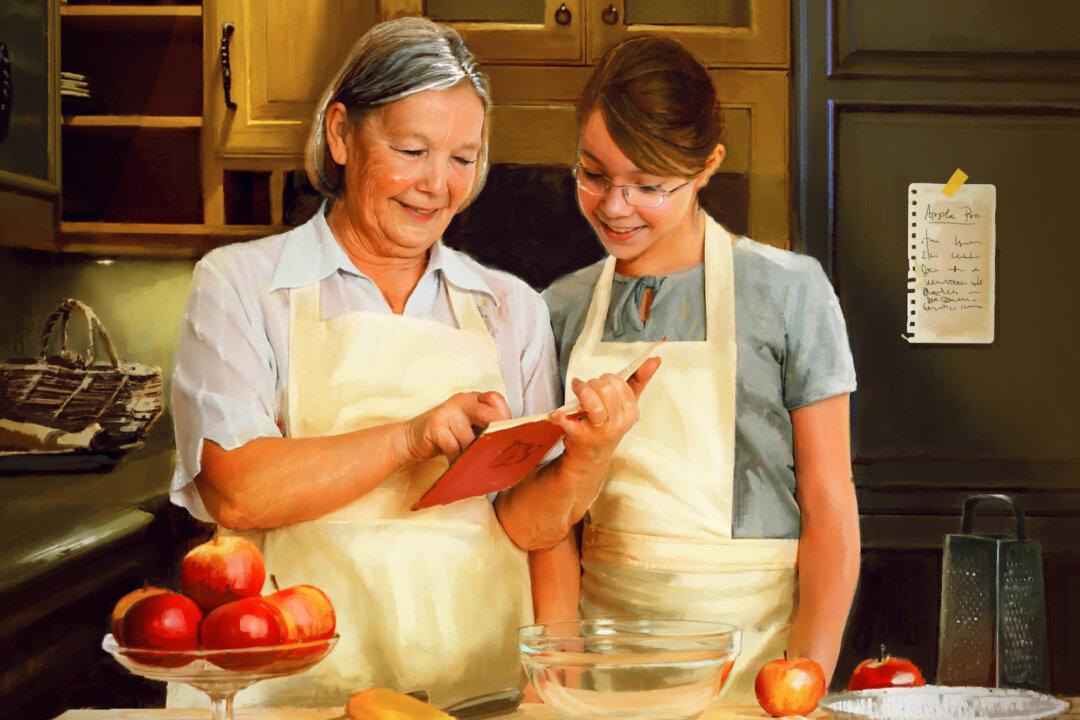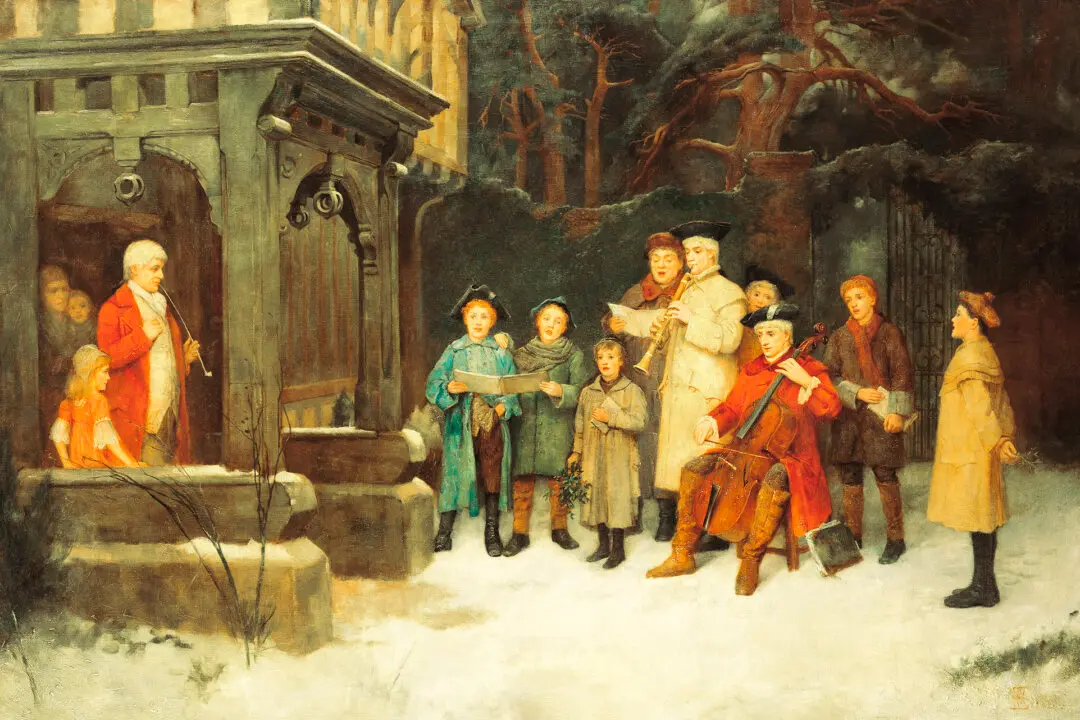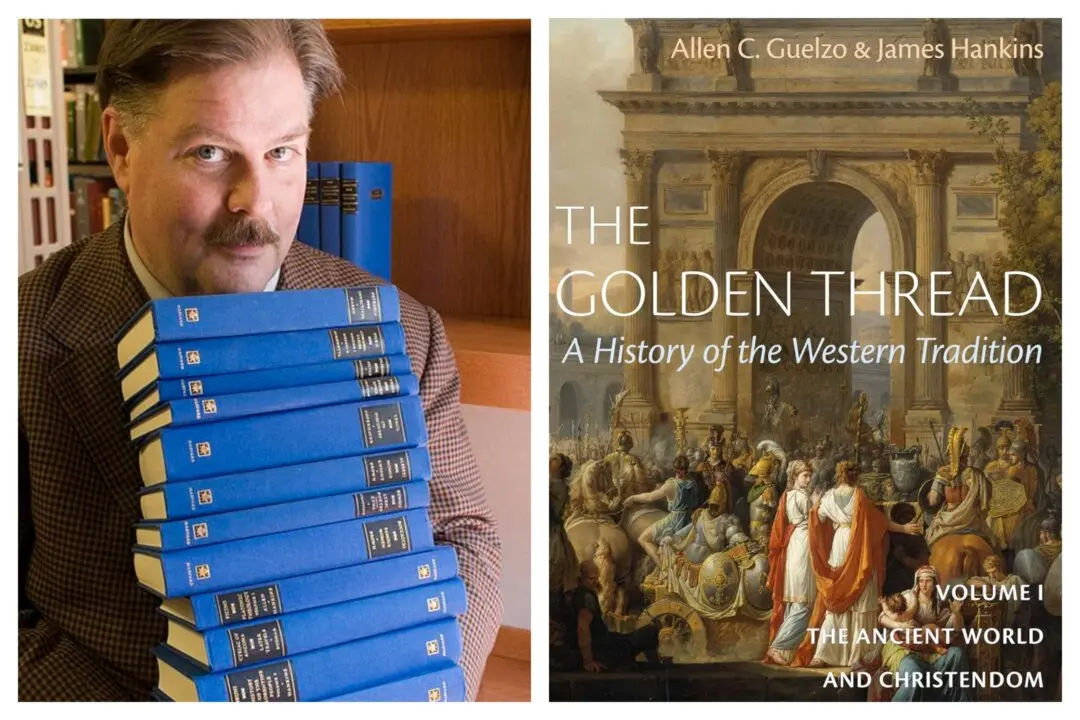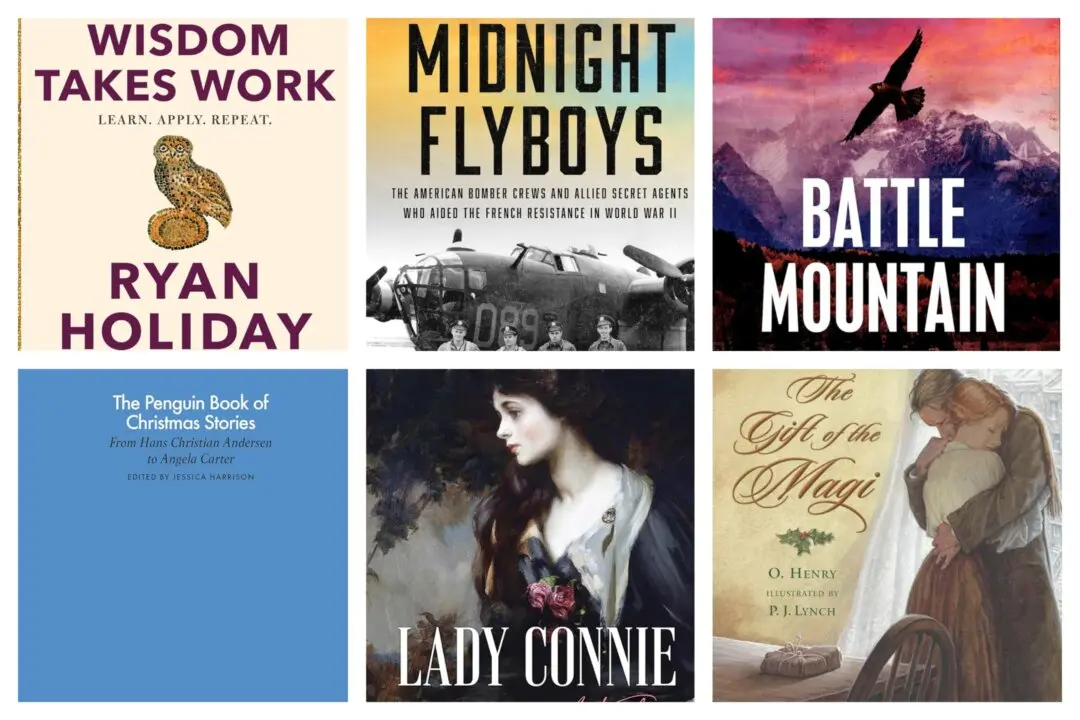In the 21st century, division has become as American as mom and apple pie.
Red states and blue states, left and right, black and white, male and female, rich and poor: Our culture teaches us to judge others by such criteria as skin color, where we went to school and the work we do, and the generation in which we were born. Instead of building bridges, some of our politicians, commentators, and academics work furiously to dig canyons.






